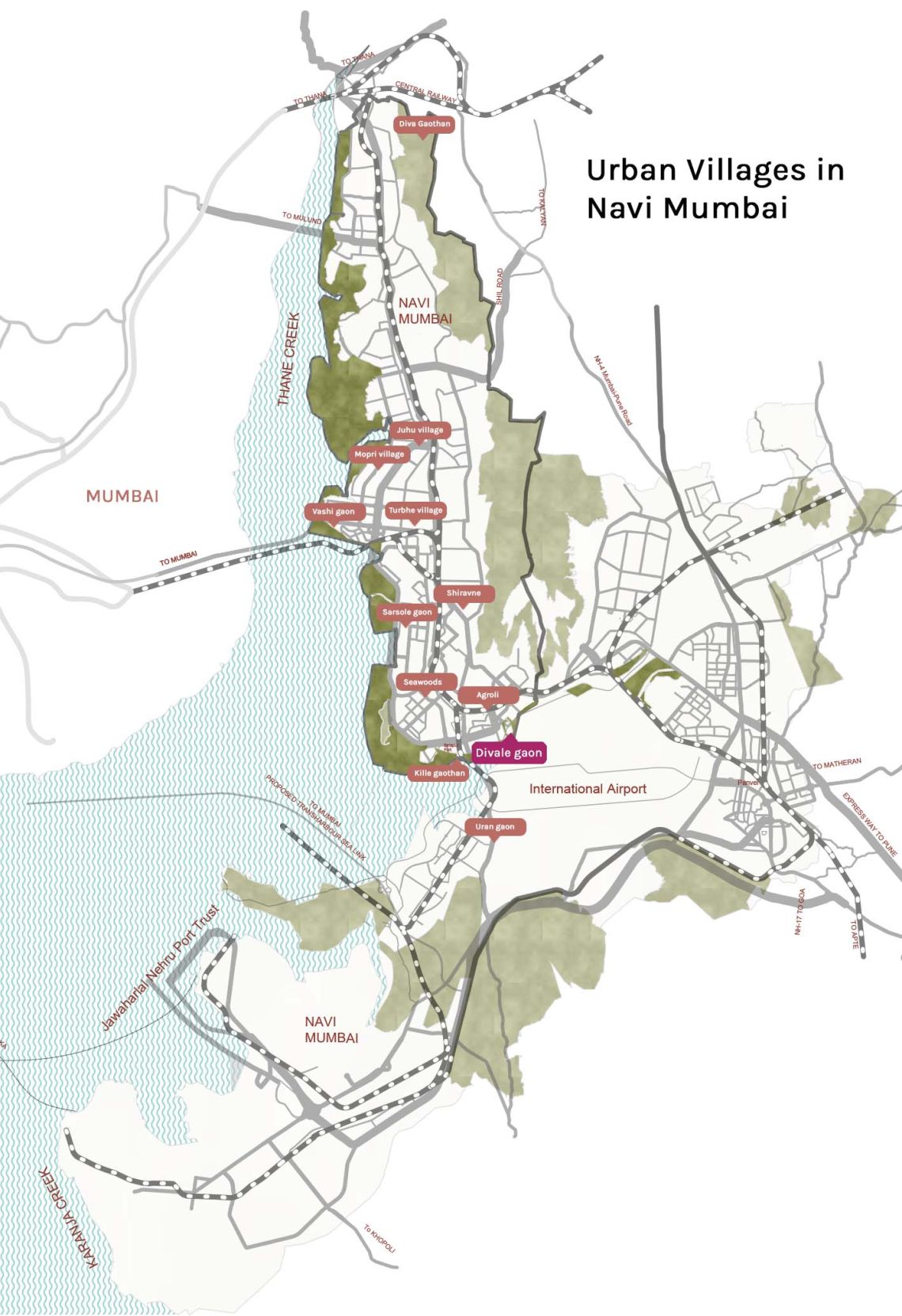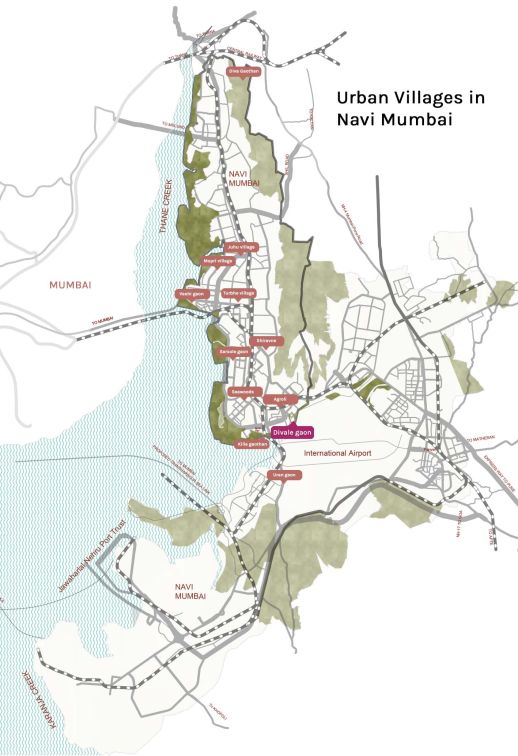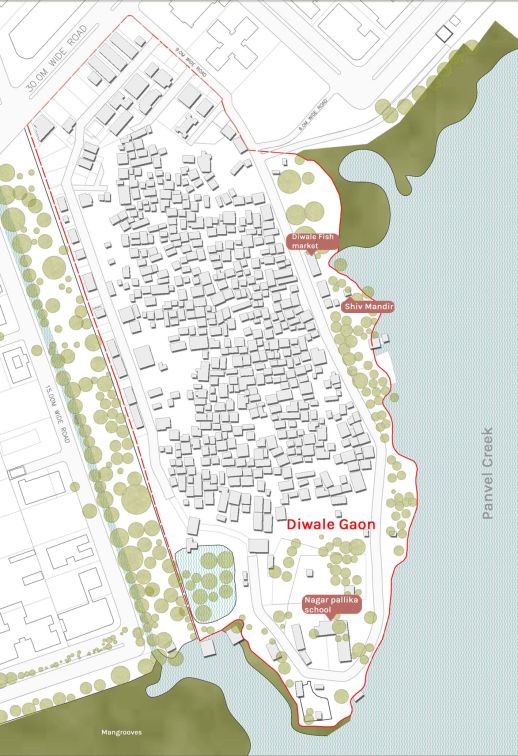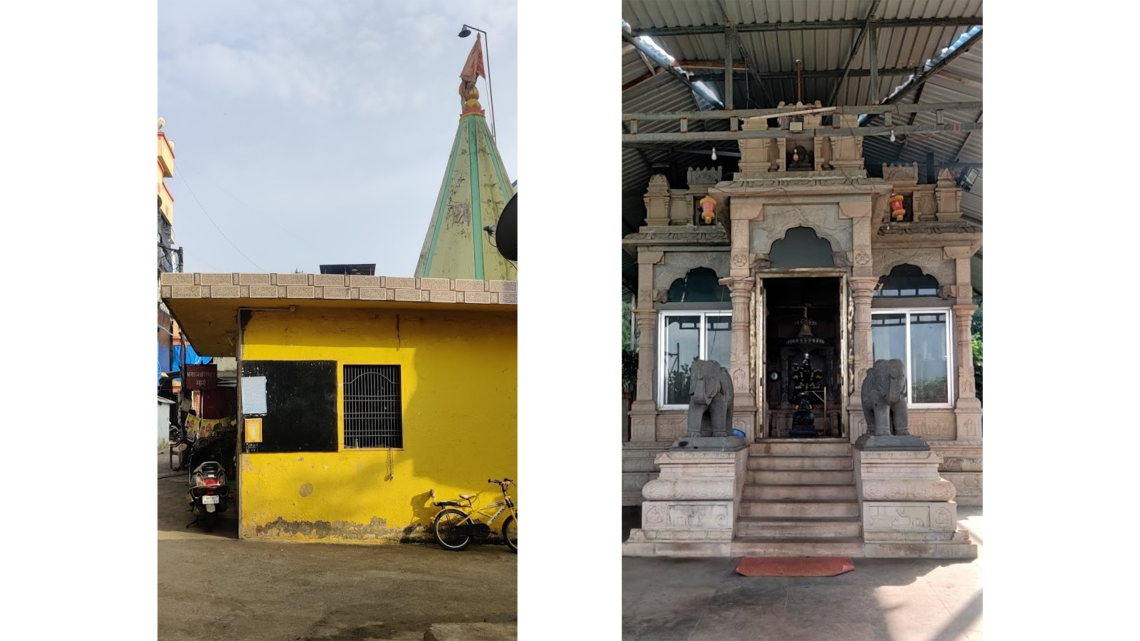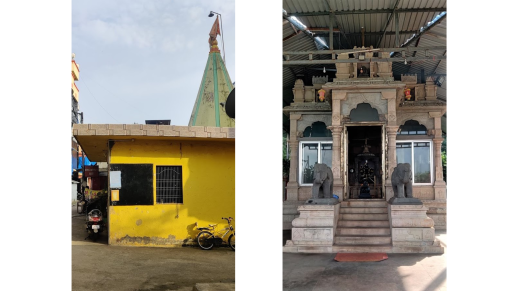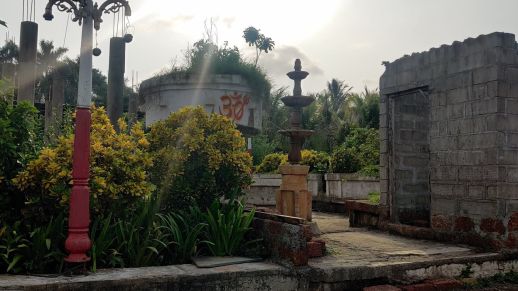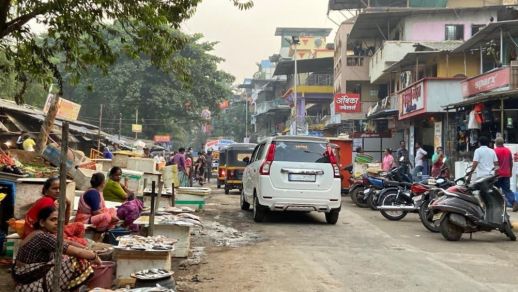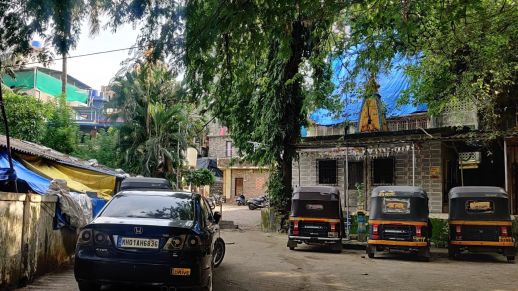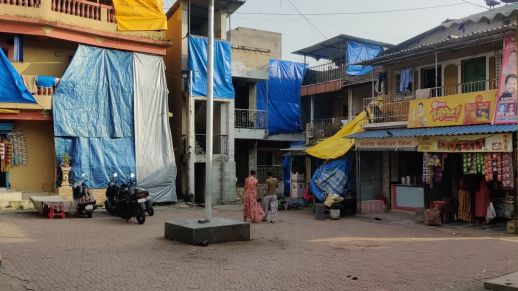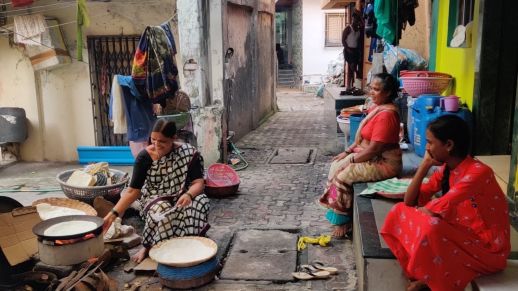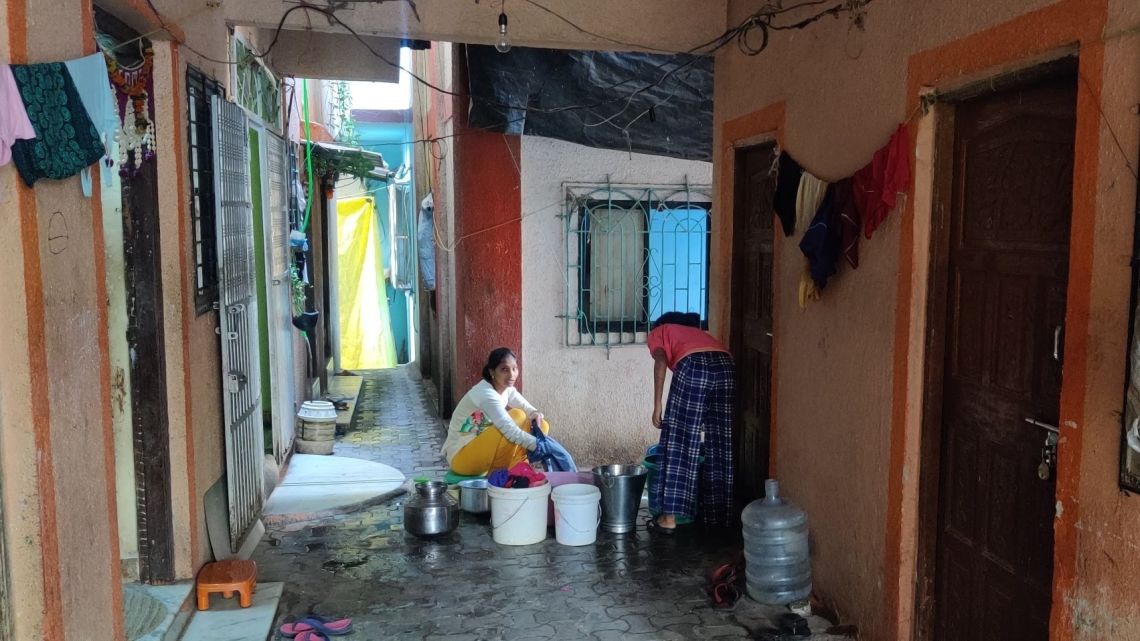Place making in an urban village

Place making in an urban village
The fishermen communities of Agris and Kolis, are some of the earliest inhabitants of the villages, long before the city of Navi Mumbai got conceptualized. These Villagers have today become forced, urban residents. There are 21 said fishermen colonies recognized in the city.
These ‘sons of the soil’ - fisherfolk, known for their convivial way of life, are committed to preserving their ethnicity. Their early settlements can be found all along the coast. Gaothan areas have always been exempt from the social, economic, and governing aspects of urban life. With the ever-changing way of life in cities, the physical and economic characteristics of these villages are becoming increasingly reliant on need-based solutions, also known as incremental growth.
Diwale gaon
One of the gaothan areas in Navi Mumbai is the Diwale village, which is traditionally a fishing village, located near the Belapur creek. The village is located amidst the urban center and is surrounded by high-end commercial and middle-class residential zones. The village is also called "Sonyachi Pandhari" elucidating the once prosperity of the villagers. They have still retained a connection to the sea and rely heavily on fishing as their main occupation. Diwale gaothan is a key junction from where the catching and distribution of seafood to various parts of the city of Navi Mumbai and Mumbai takes place. The fish market is the busiest spot in the neighbourhood. People travel long distances to buy seafood because they have fresh catches every day. The village developed organically as a result of topography, the settlements lie in close clusters, creating a dense fabric. The goathan is inhabited by Agris and Kolis the localities of the city and migrant workers as well. The residents have been adapting to spaces and creating some to call their own.
Form and Users
Diwale Gaon is located in the commercial activity zone of Navi Mumbai and shares borders with the Belapur Creek. The residents are primarily employed as fishermen and in market operations, with some additionally working as domestic workers in nearby neighbourhoods. Some work as employees in the government.
Compactness and High Density
The community area has become denser over time as a result of the ongoing influx of migrants and population growth. This has moulded the urban morphology, streetscape, and living conditions of the inhabitants. Densification has mostly happened by construction in the open areas of houses, by subdivision of plots, and also by adding another storey to houses incrementally to accommodate expanding families. The dwellers have modified the place according to their changing requirements and adapted accordingly to the incrementally changing built environment around them.
Spiritual hub
The Spirituality of the place makes the residents bond and connect, care about future generations, other species and nature. The fisherfolk have a pantheon that includes a number of deities. They pray to Ambe Maa Devi for their survival. Residents have built a large shrine for Lord Shiva, where pooja is held every Sunday morning and everyone is present. There are approximately 6 temples and one dargah where many locals from neighbouring areas come to seek blessings. Because the place is near the water, there is a shamshan ghaat (cremation ground) where people congregate to mourn for the departed souls. There is a strong sense of community service and connection, with many residents volunteering at festivals and special events. It not only functions as social capital but also as a strong social net within the city. These much-needed areas bring the inhabitants of the settlement together and provide possibilities for self-reflection and spiritual growth that go beyond the drive for sustainability.
Connections and access
A densely populated neighbourhood with a small street network and a high built-area-to-open-space ratio streets and alleyways function not only as linking channels but also as a fundamental place-defining part of the town where social interactions occur. There are only two vehicular entrances to the site, and car traffic and parking are even more restricted towards the edge of the gaothan on the main road. The street network within the village is laid up in a fairly organic manner.
Streets as Dynamic Spaces
The hamlet has a visibly bustling street life. For many of the individuals who live there, the streets are semi-private spaces. The entrance to the villages begins with narrow streets where people congregate and socialise at outlying plinths known as otlas. Due to the construction of buildings in the neighbourhood, these alleyways eventually open out into organically created little courtyards/chowks, which serve as multipurpose spaces. channels for social interaction, commercial activity, children's play, and a variety of other activities that take place. Women prepare bhakris in groups, congregate for morning and evening chai, socialise after supper, and wash utensils in communal taps. Festivals such as Holi and Diwali are observed. These courtyards also serve as spillover areas for private events. The larger courtyards, which run parallel to the small streets in the settlement's center, tend to have buildings with the front room used as a shop through a window or doors. These are locations for social interaction, gossip, emotional and expressive displays, leisure or relaxation, and microeconomic activity. They provide a variety of functions in order to meet the social and cultural demands of the people who live in the constrained space shared by individuals of various ages and genders.
